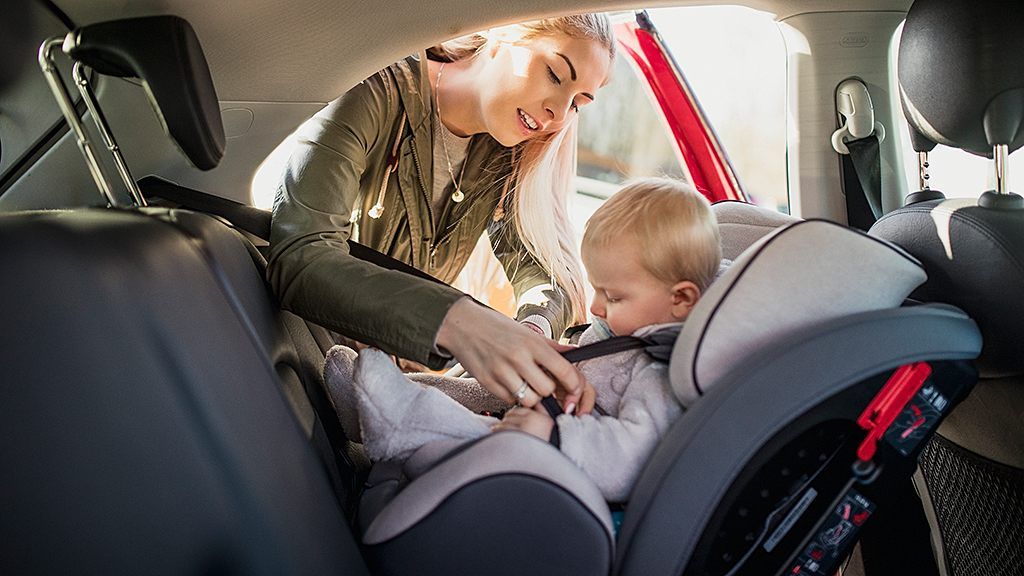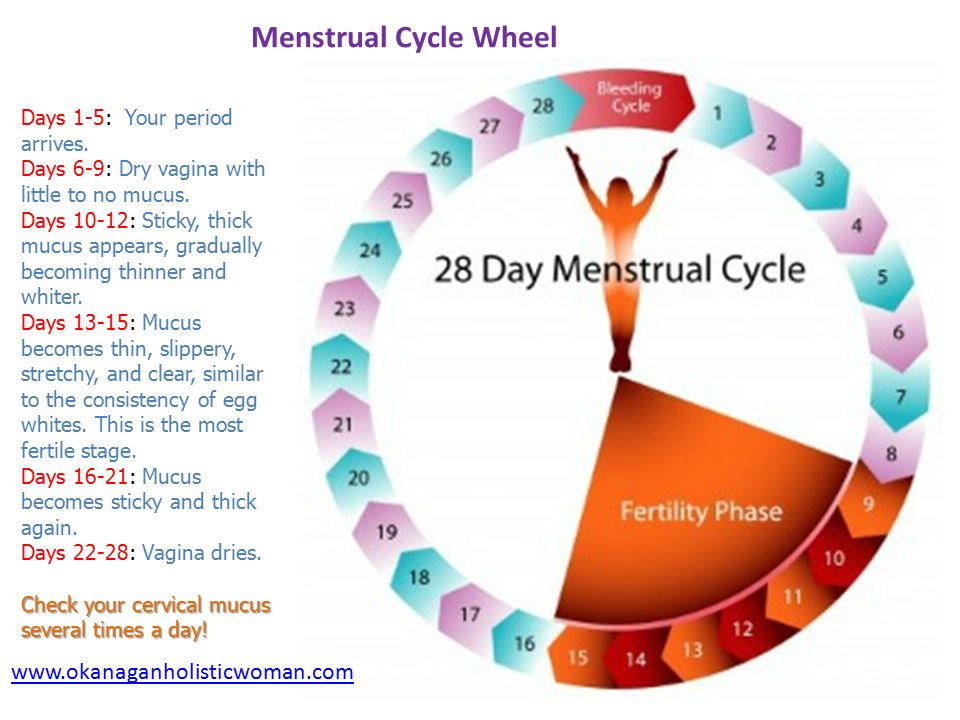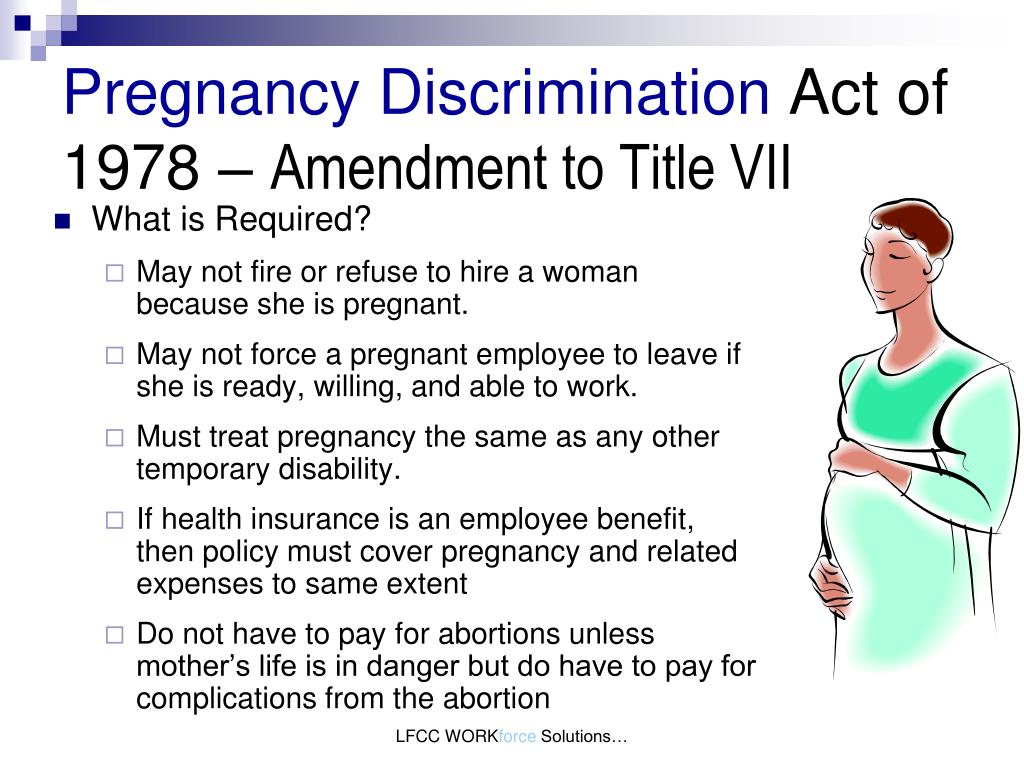How long is a child seat good for
How Long Are Car Seats Good For?
Milk expires, coupons expire, and—believe it or not—car seats expire, too. When and why do car seats expire, and how long are they good for? We’ve got all the details on this important topic, including how to find your car seat’s expiration date and what to do once it expires.
Why Do Car Seats Expire?
Perhaps it sounds odd that car seats have an expiration date, but think of them like a sturdy pair of running shoes. After so many runs, the shoe’s materials break down and don’t support your feet and movement as they should. The same happens with a car seat, which weakens over time with constant use and exposure to heat and cold.
The purpose of a car seat is to keep your child safe when traveling—in the car, flying on an airplane, taking a taxi, etc. After so many uses, the materials wear down and aren’t as strong as they once were. Therefore, car seats have a specific lifespan and will eventually expire.
How Long Do Car Seats Last?
If car seats have an expiration date, what is it? Every car seat brand is different, but many manufacturers set an expiration date of six years. Therefore, you shouldn’t use or buy a car seat that’s older than six years, or one past the date specified on your particular model.
Where Is the Expiration Date on a Car Seat?
To know exactly how long car seats are good for—whether using them for infants, babies, toddlers, or older kids—you can find the expiration date for your particular model on the bottom of the seat or stamped into the plastic car seat frame. If you purchased pieces separately (such as a separate base from the car seat itself) check each piece for an expiration date, as they could be different. This information will help you make an informed decision when purchasing and using a car seat for your child.
Car Seat Expiration After an Accident
There’s one big caveat to this expiration rule: If your car seat has been in a moderate or severe car crash, it immediately expires. In fact, some manufacturers advise replacing the car seat even after a minor accident (one defined as resulting in no car damage, no injuries, and no air bags detonating). If your car sustains damage in an accident, then your car seat was likely damaged, too.
With minor accidents, damage might not be noticeable to the naked eye, which is why some manufacturers recommend replacing car seats in these situations. Their mantra is, simply, it’s better to be safe than sorry.
However, before running to the store to purchase a new car seat (such as the best car seats beloved by thousands of our Pampers parents), try the following:
In fact, some manufacturers advise replacing the car seat even after a minor accident (one defined as resulting in no car damage, no injuries, and no air bags detonating). If your car sustains damage in an accident, then your car seat was likely damaged, too.
With minor accidents, damage might not be noticeable to the naked eye, which is why some manufacturers recommend replacing car seats in these situations. Their mantra is, simply, it’s better to be safe than sorry.
However, before running to the store to purchase a new car seat (such as the best car seats beloved by thousands of our Pampers parents), try the following:
Check the car seat for any visible damage—if there’s damage, replace it.
Check the area of the car and door nearest to the car seat for any damage—if there’s damage on the car, replace the car seat.
Call the car manufacturer with any questions. If they advise replacing the car seat, do so before traveling in the car with your child.

Ask for an expert’s help to examine the car seat.
New Vs. Used Car Seats
It’s best to always buy a new car seat, for expiration and recall purposes. With a new product, you know that it’ll keep your child safe, as it hasn’t been in an accident or recalled. However, not everyone can afford a brand-new car seat, or perhaps a trusted friend or family member is selling one that’s barely been used. It’s possible to feel confident in a used car seat, but consider the following before purchasing:
Can you trust the seller? If you’re buying a used model from a manufacturer, close friend, family member, or reputable shop, you can probably trust that it’s in good condition and safe for your baby. And if you can trust the seller, it’s possible to fully know the car seat’s history (such as whether it’s been in an accident). If you can’t confirm it hasn’t been in an accident, don’t risk it!
Does it have all the original parts? Check the car seat for any damage or missing parts, which includes all the labels, the instruction manual, and the expiration date (don’t forget to check the expiration date to make sure the seat hasn’t expired).

Has it been recalled? Check the car seat’s registration with the National Highway Traffic Safety Administration (NHTSA). You’ll be able to see if the model has been recalled—and if the previous owner registered it and reported a car accident, that could also be on the record.
What does the manufacturer say? Call the manufacturer with any questions or concerns. Although they won’t necessarily be able to physically assess the car seat, they can offer guidance and advice.
Do Car Seat Bases Expire?
When replacing your car seat, it’s important to swap the entire product. Although it’s easy to assume the plastic base may break more than the cushy seat, the entire product is susceptible to regular wear and tear or damage during a crash. Therefore, it’s important to replace both the base and seat.
Of course, if you’re using a base that’s older than the seat, and you didn’t experience an accident, you can replace them separately as each piece expires.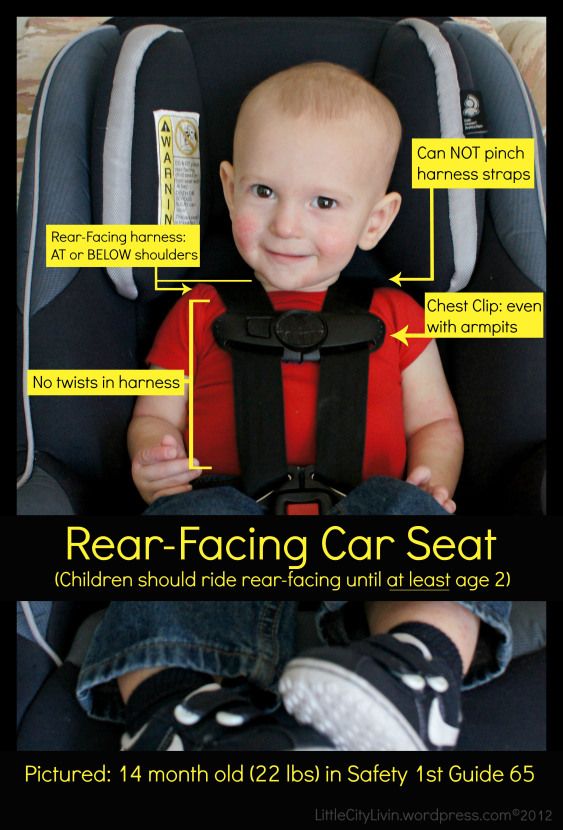 If you have any questions at all, contact the manufacturer or a CPS technician.
If you have any questions at all, contact the manufacturer or a CPS technician.
Do Booster Seats Expire?
Now that you know how long car seats are good for, what about booster seats—do they expire, too? The answer is yes—booster seats have an expiration date just like car seats, in that they also tend to expire after six years, but check the expiration date on your specific model to be sure. And if buying used or after a car accident, adhere to the same advice above regarding car seats.
If you’re in the market for a good toddler car seat or booster seat, check out all the insider knowledge on these products contributed by Pampers Parents. Booster seats are an excellent transitional product, as they lift your child up so that the seat belt lies across the safest areas of their body (where the bones are strongest across the chest and pelvis).
After your child grows out of a car seat, but before they’re big enough for a normal seatbelt, you can use a booster seat. Learn more about your baby’s growth development with our Baby Growth Calculator below.
Learn more about your baby’s growth development with our Baby Growth Calculator below.
Is it Illegal to Use an Expired Car Seat?
It isn’t safe to use an expired car seat, but is it illegal? Each state has its own set of laws and guidelines pertaining to car seats. The Department of Motor Vehicles (DMV) website in your state can detail car seat laws and guidelines, and any repercussions for violators. With some states, other governmental entities may be involved, such as the State Highway Patrol.
What to Do With Expired Car Seats
Once your car seat has expired, you’ll want to know what to do with it. It’s best to dispose of an old car seat that has reached its expiration date in a way that prevents anyone from using it in the future. Safety experts recommend taking the car seat apart and disposing of the parts separately. If you have a recycling center near you, check to see if car seat parts are accepted.
The Bottom Line
Car seats are at the top of the list of baby gear essentials. If you plan to travel in a vehicle or airplane with your child, you need one, starting with that first ride home from the hospital. However, a car seat can be a big expense. It’s tempting to avoid buying a new one but remember that car seats have an expiration date for a reason—they carry precious cargo, and a model that’s too old won’t be as safe for your little one. So, how long are car seats good for? Check your specific model’s expiration date (found under the seat or stamped onto the frame), but most manufacturers advise replacing your car seat after six years. And don’t forget that other super important baby gear travel essential: 12-hour baby-dry diapers for long road trips! Earn rewards for those endless diaper changes (whether on the road or at home) with our Pampers Club app.
Review this article:
Why Car Seat Expiration Dates Exist and How to Find Them
When you started shopping for gear for your baby, you probably placed the big-ticket items at the top of your list: the stroller, the crib or bassinet, and of course — the all-important car seat.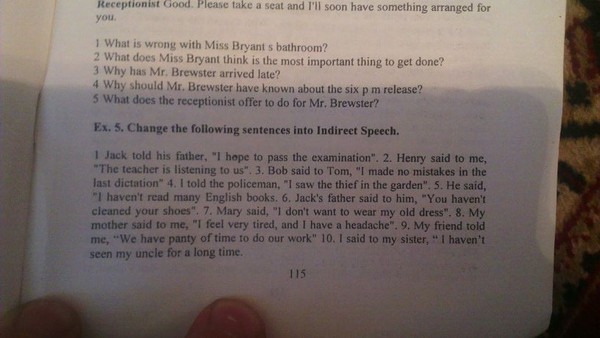
You check the latest car seat guidelines and recommendations, make sure your desired seat will properly fit your car and your needs, and make the purchase — sometimes spending upwards of $200 or $300. Ouch! (But well worth it to keep your precious cargo safe.)
So it makes sense to wonder: When baby #2 comes along, can you reuse your old car seat? Or if your friend offers you a seat their child has outgrown, can you use that? The short answer is maybe, maybe not — because car seats have expiration dates.
In general, car seats expire between 6 and 10 years from the date of manufacture.
They expire for a number of reasons, including wear and tear, changing regulations, recalls, and the limits of manufacturer testing. Let’s take a closer look.
There are actually a few reasons why car seats expire, and no, car seat manufacturers wanting to inconvenience you isn’t one of them.
1. Wear and tear
Your car seat may be one of the most-used pieces of baby gear you own, perhaps rivaled only by the crib.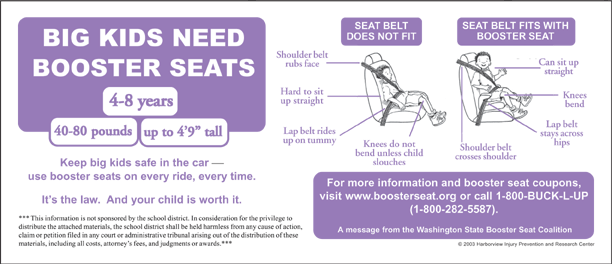 With each supermarket, day care, or play date run, you’re likely buckling and unbuckling your baby numerous times.
With each supermarket, day care, or play date run, you’re likely buckling and unbuckling your baby numerous times.
You’ll also find yourself adjusting the seat as your little one grows, cleaning up messes and spills as best you can, and cringing as your tiny teether chews on straps or bangs on cupholders.
If you live in an area with extreme temperatures, your seat may also bake in the sun while your car is parked and get tiny cracks in the plastic that you can’t even see.
All of this takes a toll on the fabric and parts of a car seat, so it stands to reason that the seat — designed to keep your child safe — won’t last forever. And without a doubt, you want to make your child’s safety remains intact.
2. Changing regulations and standards
Transportation agencies, professional medical associations (like the American Academy of Pediatrics), and car seat manufacturers are constantly conducting and evaluating safety and crash tests. This is a good thing for parents everywhere.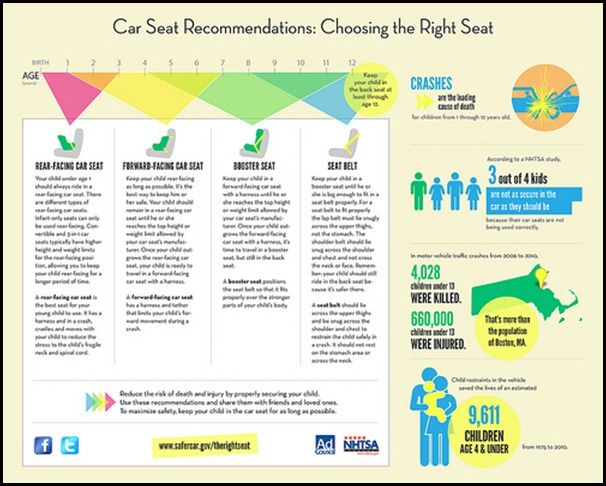
Also, technology is forever evolving. (Don’t we know it. Why is our two-year-old laptop already outdated?!) This means that car seat safety stats can be improved with as new features, materials, or technologies are introduced.
Say you buy a car seat that is rear-facing and will hold your child up to a certain weight, but then the weight guidelines change for a rear-facing seat. It may not be the law that you have to replace your seat, but the manufacturer may discontinue it and stop making replacement parts — not to mention, you no longer have the safest seat possible for your little one.
An expiration date may account for these changes and makes it less likely that you’ll have a seat that’s not up to snuff.
3. Manufacturer testing has its limits
When a manufacturer — be it Graco, Britax, Chicco, or any number of other car seat brands — tests a car seat, they don’t assume you’ll still be cramming your 17-year-old in it and driving them to their senior prom. So it stands to reason that they don’t test car seats to see how they hold up after 17 years of use.
So it stands to reason that they don’t test car seats to see how they hold up after 17 years of use.
Even all-in-one car seats — ones that transform from rear-facing to forward-facing to boosters — have weight or age limits, and car seat and booster use generally ends by age 12 (depending on child’s size). So car seats aren’t usually tested beyond about 10–12 years of use.
4. Recalls
In an ideal world, you’ll register your car seat as soon as you buy it so the manufacturer can let you know of any product recalls. In the real world, you’re up to your eyeballs in all things newborn related — not to mention sleep deprived. You may indeed be using a (recent and unexpired) hand-me-down car seat with no registration card in sight.
So expiration dates ensure that even if you miss a recall announcement, you’ll have a relatively up-to-date car seat that is more likely to be free of problems.
A note on used car seats
Before you purchase a car seat from a yard sale or borrow one from a friend, check for a recall via the manufacturer’s website. Safe Kids also maintains an ongoing list.
Safe Kids also maintains an ongoing list.
Note also that a used car seat may be less safe than a new one. A used car seat or booster is generally not recommended unless you can be absolutely sure it hasn’t been through an accident.
There’s no universal answer to this, but we’ll give it our best shot: Generally, car seats expire between 6 and 10 years after the date of manufacture. Manufacturers such as Britax and Graco publish this on their websites.
No, it doesn’t suddenly become illegal to use a car seat at 10 years and 1 day after it was made, and there won’t be a warrant out for your arrest. But we know that you’d do anything to keep your sweet babe safe, and that’s why it’s recommended that you replace your car seat once it expires.
Looking for information about when your specific car seat expires? The best place to check is the manufacturer’s website. Most brands have a page dedicated to safety information where they tell you how to find the expiration date.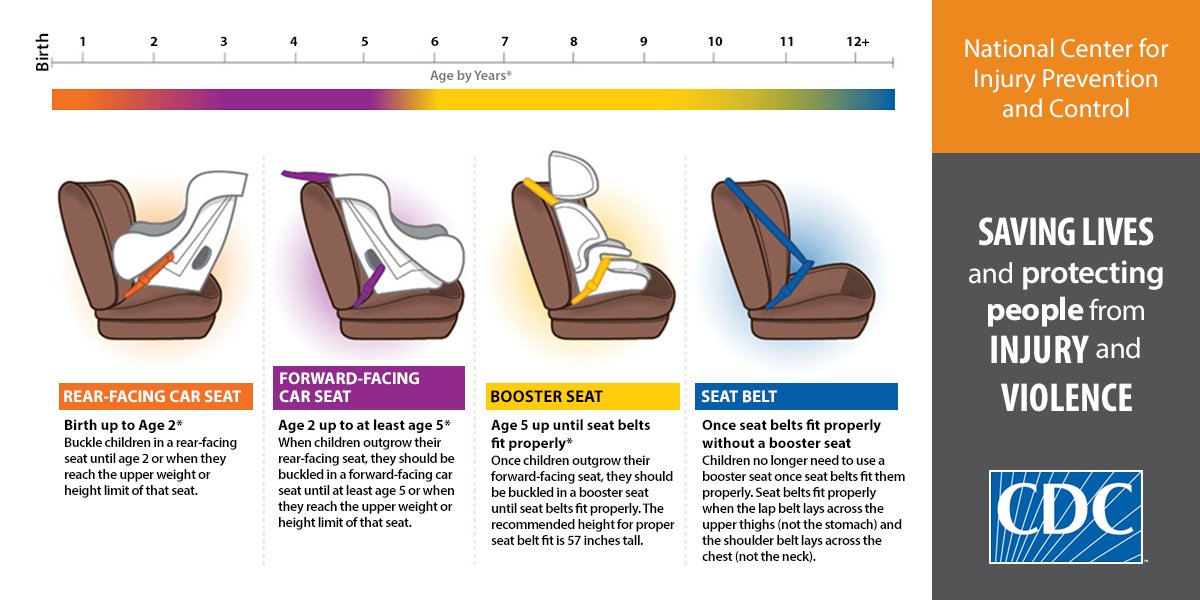
For example:
- Graco shares that its products have expiration dates on the bottom or back of the seat.
- Britax tells users to find the date of manufacture — by using the serial number and instruction manual — and then provides expiration dates based on when different types of seats were made.
- Chicco provides an expiration date on the seat and the base.
- Baby Trend gives an expiration date for its car seats as 6 years post-manufacture. You can find the manufacture date on the underside of the car seat or the bottom of the base.
- Evenflo car seats have a date of manufacture (DOM) label. Most models expire 6 years after this date, but the Symphony line lasts for 8 years.
You don’t want anyone else using your expired car seat, so taking it to Goodwill or throwing it in the dumpster as is aren’t good options.
Most manufacturers recommend cutting the straps, slicing the seat itself, and/or writing on the seat with a permanent marker (“DO NOT USE – EXPIRED”) before disposal.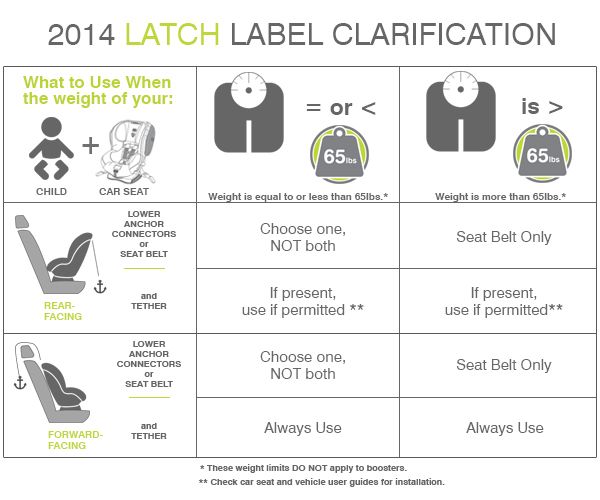
Truth be told, if you also want to take a baseball bat to your car seat and let out some pent-up aggression in a safe environment… we won’t tell.
Baby stores and big-box retailers (think Target and Walmart) often have car seat recycling or trade-in programs, so keep an eye out or call your local store to ask about their policy.
It’s tempting to be cynical and believe that car seat expiration dates exist to support a billion-dollar baby gear industry wanting to get more money out of you. But actually, there are important safety reasons behind limiting the life of your car seat.
While this doesn’t mean you can’t take your sister’s car seat when your nephew outgrows it — or use baby #1’s car seat for baby #2 a couple years later — it does mean that there’s a certain time frame within which this is OK. Check your seat’s expiration date by looking at its label, usually at the bottom or back to the seat.
We recommend registering your car seat as well — and carefully following installation instructions to avoid compromising the safety of the seat.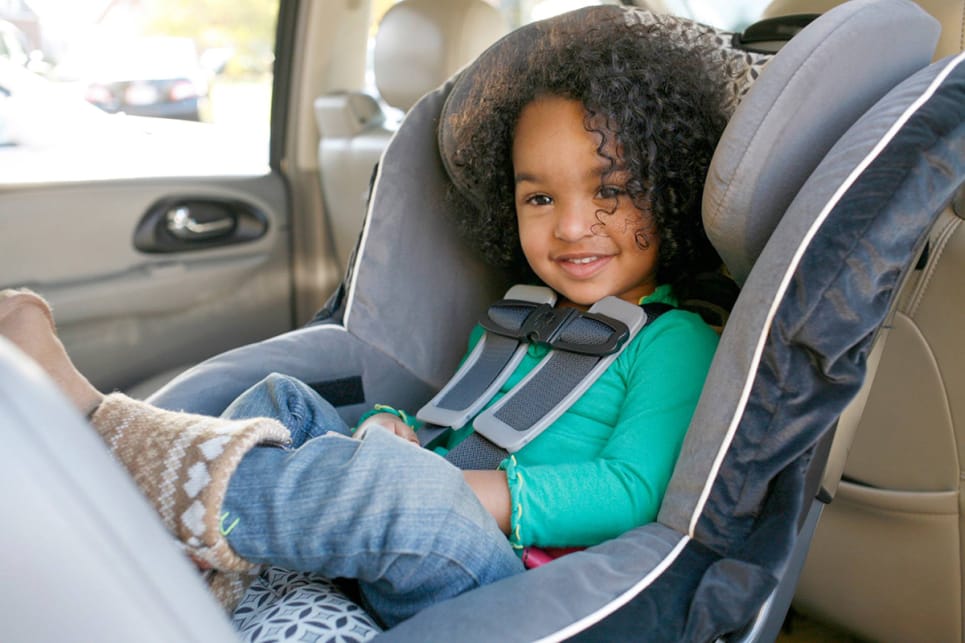 After all, your baby is the most precious cargo your vehicle will ever transport.
After all, your baby is the most precious cargo your vehicle will ever transport.
Child car seats have an expiration date!
9 July 2019
Child car seats have an expiration date!
All child car seats have an expiration date set by the manufacturers. The expiration date starts from the date of manufacture of a particular chair and can NOT be extended even if it has been little and gently used. In general, this period does not exceed 10 years, but ranges from 5 to 10 years, depending on the recommendations of a particular manufacturer. For example, Dorel (Maxi Cosi) recommends using car seats for no more than 5 years, and Recaro recommends using them for 10 years.
Why is the lifespan of a child car seat limited?
Expiration dates are set taking into account the fact that:
- any material changes its properties over time (ageing), especially plastic;
- spilled drinks and food, cleaners affect the fabric, buckles, regulators, reducing their protective properties;
- rules and standards are changing and safer models are on the market;
- over time, it is difficult to check whether the product did not “survive” an accident, whether it was carefully used.
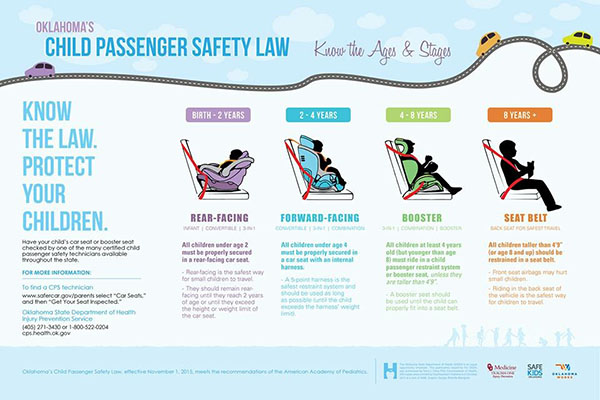
The chair, which has been in an accident, is forbidden to be used, respectively, its expiration date is canceled regardless of the date of manufacture.
How do I determine the expiration date of a car seat?
To determine the expiration date, you need to know the date of manufacture of the car seat. The date of manufacture is usually applied on the back side in the form of a label-sticker and / or a special mark “hours”. Sometimes the corresponding marks are located in less accessible places (for example, under the skin).
If there is no date on the chair or it is not possible to read it, then the expiration date should be considered exceeded and refuse to buy it.
Car seat manufacturing date sticker
The manufacturing date can be either on a separate sticker (lower left and right pictures) or next to the bar code (upper right). Often the date is duplicated on the hallmark "hours".
Watch stamp with date of manufacture
The upper left dial shows the year of manufacture (Y), the arrow points to the number 08.
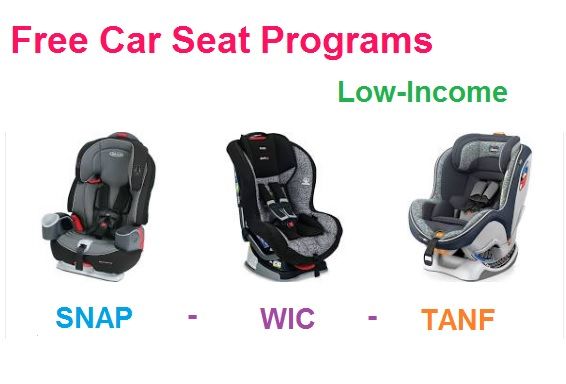 The upper right, with a scale of 12 digits, indicates the month (M). The bottom two are for the day of the month (the first digit on the left, the second on the right). In this case, the date of manufacture is 05-3-08, i.e. March 5, 2008
The upper right, with a scale of 12 digits, indicates the month (M). The bottom two are for the day of the month (the first digit on the left, the second on the right). In this case, the date of manufacture is 05-3-08, i.e. March 5, 2008 In this case, only the year and month of manufacture are given. The arrow points to the 4th month, and the year inscribed in the circumference of the dial is 07. That is, the date of manufacture is April 2007.
Expiry date can be explicitly stated
Expiry date
What is the life expectancy of a car seat?
As noted above, different manufacturers recommend different expiration dates for car seats. Their position is influenced by many factors - from the properties of the materials used to marketing considerations. But in general, manufacturers recognize that with careful use of a car seat, its shelf life is about 10 years.
Conclusion
You can safely use children's clothes and toys that you "inherited", but when it comes to protecting a child in a car, no considerations about profit should outweigh arguments in favor of safety.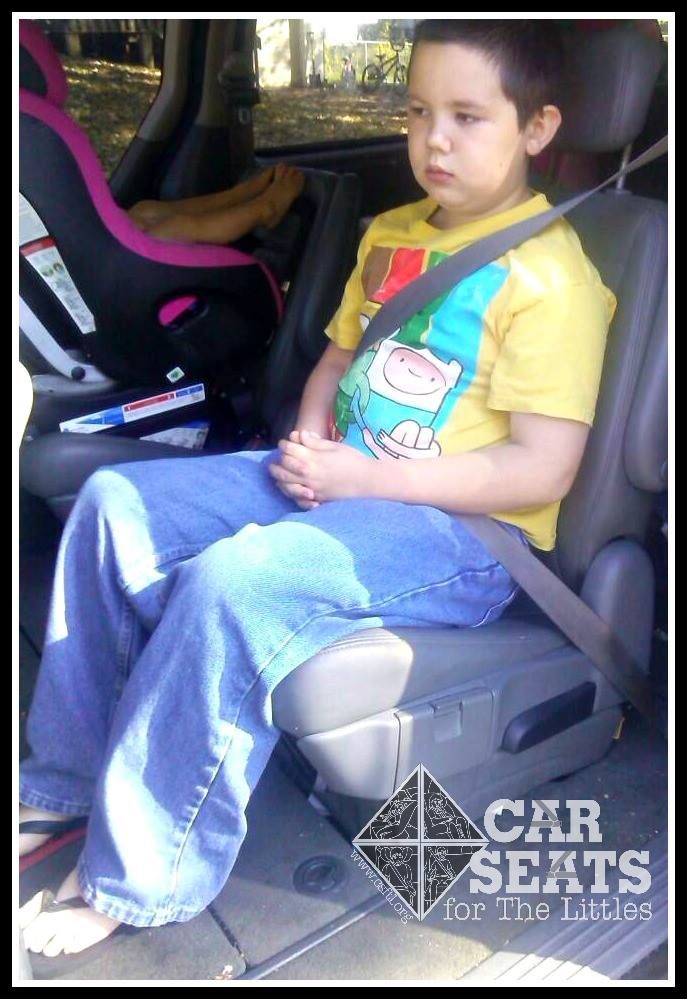
Return
Share
It turns out that the car seat can be expired - what is the danger
Some car owners believe that child car seats can be used an unlimited number of times and for them this item serves first one child, and then another. However, they are wrong, because this car device has its own service life.
How long the child seat can be used
The service life of child car seats is set by the manufacturer and is usually 5-10 years. For example, Recaro car seats are designed to last 10 years, while Maxi Cosi only 5 years. Firms have their own reasons for determining this regulatory requirement.
As a general rule, more complex designs should be used for a shorter period. The service life of an accessory does not begin from the moment it is used in the car, but from the date of manufacture. Accurate and infrequent use of the chair cannot be the basis for extending the shelf life.
What determines the maximum shelf life
One of the important properties of the chair is the quality of the materials. Its body is made mainly of plastic, which loses its characteristics over time, plastic deformation increases and the material may crack.
Its body is made mainly of plastic, which loses its characteristics over time, plastic deformation increases and the material may crack.
Synthetic polymers are affected by frequent fluctuations in humidity and temperature levels, as well as vibration resulting from off-road driving or poor asphalt surfaces.
Fabric, adjusters and buckles are also affected by spilled food, spilled drinks and harsh cleaners. In such cases, there can be no question of the protective functions of the device. On the contrary, it can injure the child.
Thus, the requirements for the safety of a vehicle and its systems change from time to time. Manufacturers are required to make changes to products that meet current safety standards.
The car seat will expire regardless of the specified date if it has been involved in a traffic accident.
What to look for when buying a car seat
The expiry date can simply be printed on the car seat. If there is no such designation, then you need to look for the date of manufacture of the goods and follow the recommendations of the manufacturer.
If there is no such designation, then you need to look for the date of manufacture of the goods and follow the recommendations of the manufacturer.
Traditionally, it is located on the back of the accessory, a sticker or stamp resembling a dial. The hands of this dial indicate the year, month, and sometimes the day of production of the goods.
In the picture, the upper left dial recorded the year of manufacture, the upper right dial - the month (a 12-digit scale allows you not to make a mistake), the dials at the bottom indicated the day (on the left - the first digit, on the right - the second).
The manufacturer can put only one stamp. In this case, the arrow is usually directed to the digit of the month, and with it the digits of the year are located in the central circle.
When purchasing this product, you need to be vigilant. The market is replete with counterfeit products and products that will soon be disposed of due to the expiration date.
